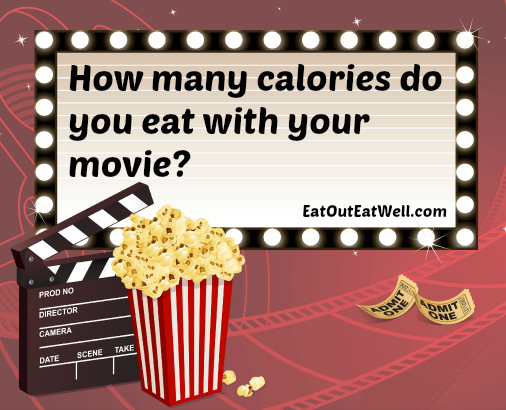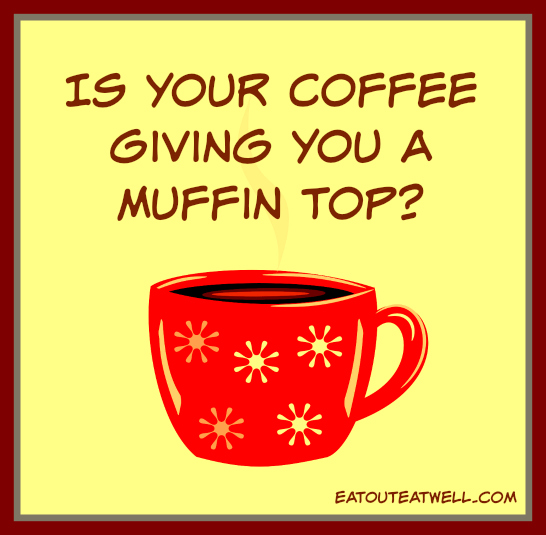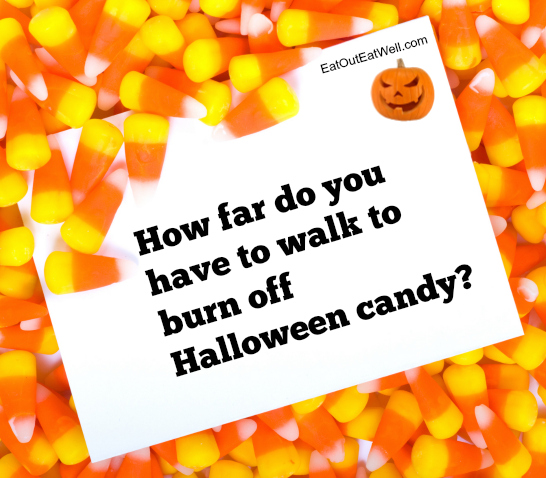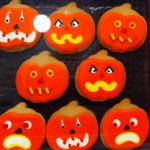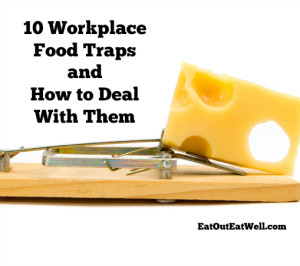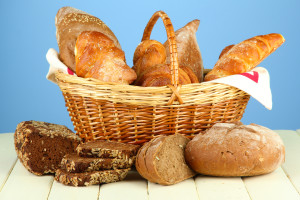Have you ever walked into a movie theater and you’re immediately craving popcorn? Why not – we’ve been conditioned that hot, buttery, salty popcorn goes with a movie. And, there’s no escaping the smell of freshly popped (and sometimes not so freshly popped) corn and the (often annoying) sound of people around you scratching around in their popcorn buckets and crunching down on the buttery (oily) kernels.
Your senses are assaulted: start filling the bucket! Doesn’t matter if it’s a coconut oil mix instead of butter sprayed into the bucket or that the naked popcorn (before the oil and salt) tastes like cardboard. The siren call of movie theater popcorn is often too strong to overcome.
I Don’t Care, I’m Going To Have It Anyway
There’s no way I would suggest that you – or I – should avoid movie theater popcorn and candy. But perhaps a compromise?
How about a small bag instead of a big bucket – water instead of a huge soda? Forget the combo deals and the upgrades – is it worth it to you to spend 50 cents more for a larger size and tons more calories? If Raisinets – or Goobers – or Milk Duds are your thing, the same is true – buy the smaller size or split it with a friend.
Some eyeopeners:
- The size of popcorn buckets and soda varies significantly between theater chains. One theater’s medium tub of popcorn might hold 10 cups but another’s might hold up to 20. One chain’s medium soda can be 32 ounces but another’s is 44 ounces — one chain’s small soda might be 16 ounces but another’s is 32 ounces.
- The average small movie popcorn with “buttery” topping has about 600 calories — about the same as a quarter-pound cheeseburger (550 calories). The average large movie popcorn with “buttery” topping has about 1,270 calories — about the same as two large pieces of fried chicken (800 calories), a cup of mashed potatoes (230), and a 16-ounce soda (200 calories).
- A combo with a large soda (48 ounces) and a large popcorn with “buttery” topping has about 1,700 calories.
- An average small movie soda (23 ounces) has about 14 teaspoons of sugar and a little over 200 calories. An average large movie soda (47 ounces) has about 30 teaspoons of sugar and around 450 calories.
FYI: Average Calories In Movie Theater Food
(Note the serving sizes, movie theater popcorn bags and buckets and boxes of candy are often huge and may be double or triple the size shown below.)
Popcorn, Nachos, Soft Pretzel
- Buttered popcorn, small, 5 cups: 470 calories, 35g fat
- Buttered popcorn, large, 20 cups: 1640 calories, 126g fat
- Cheese nachos, large (4 oz): 1100 calories, 60g fat
- Soft pretzel, large (5 oz): 480 calories, 5g fat
Soda and Lemonade
- Coke, 18 ounces: 218 calories, 0g fat
- Coke, 44 ounces: 534 calories, 0g fat
- Minute Maid Lemonade, 18 ounces: 248 calories, 0g fat
- Minute Maid Lemonade, 44 ounces: 605 calories, 0g fat
Candy
- Junior Mints, 3-ounce box: 360 calories, 7g fat
- Sno Caps, 3.1-ounce box: 300 calories, 15g fat
- Milk Duds, 3-ounce box: 370 calories, 12g fat
- Raisinets, 3.5-ounce bag: 400 calories, 16g fat
- Goobers, 3.5-ounce box: 500 calories, 35g fat
- Twizzlers, 6-ounce bag: 570 calories, 4g fat
- M&Ms, 5.3-ounce bag: 750 calories, 32g fat
- Peanut M&Ms, 5.3-ounce bag: 790 calories, 40g fat
- Reese’s Pieces, 8-ounce bag: 1160 calories, 60g fat
